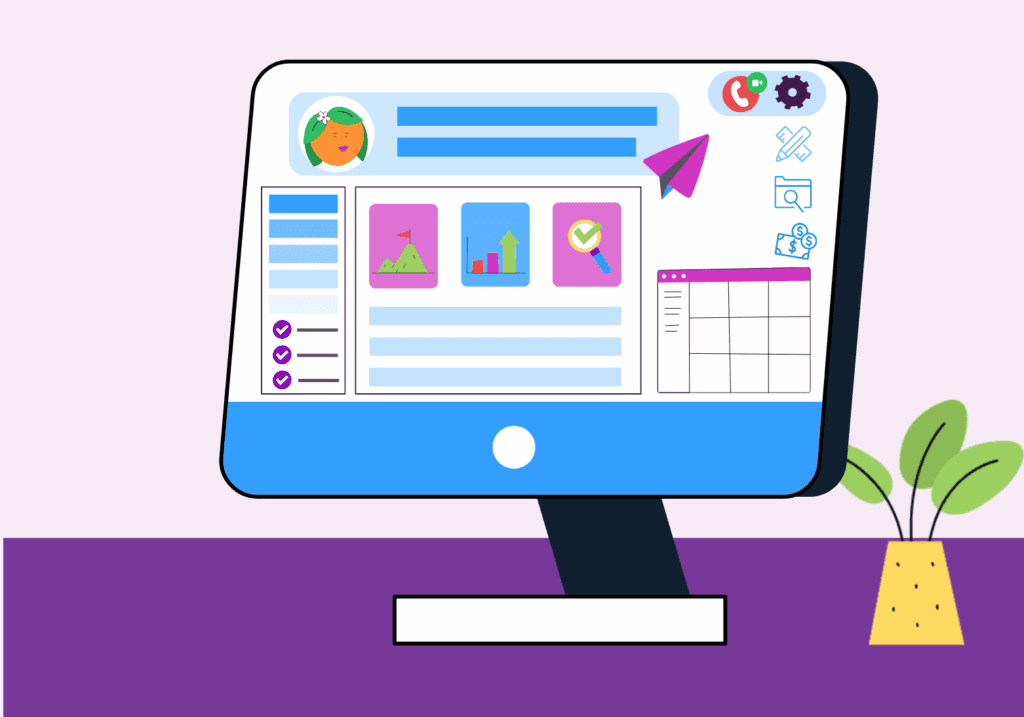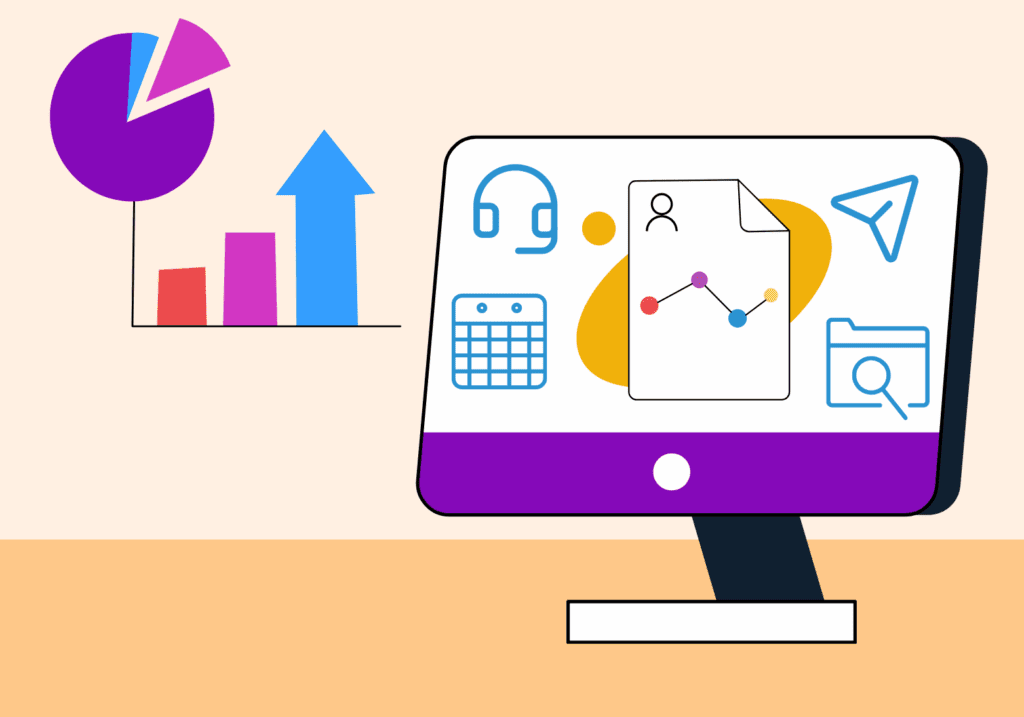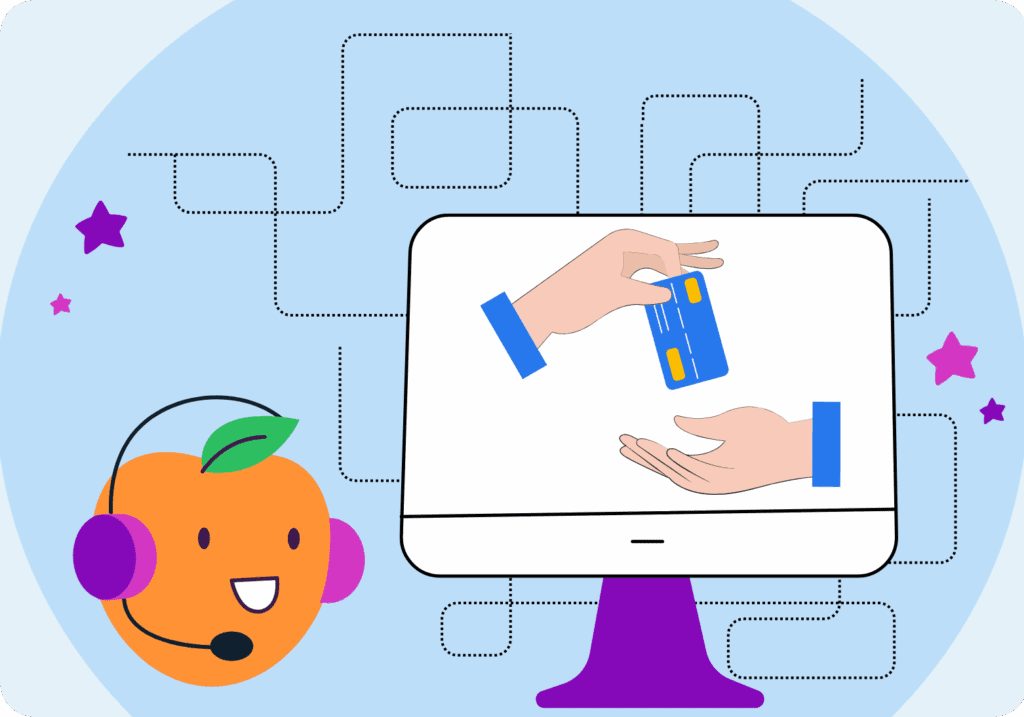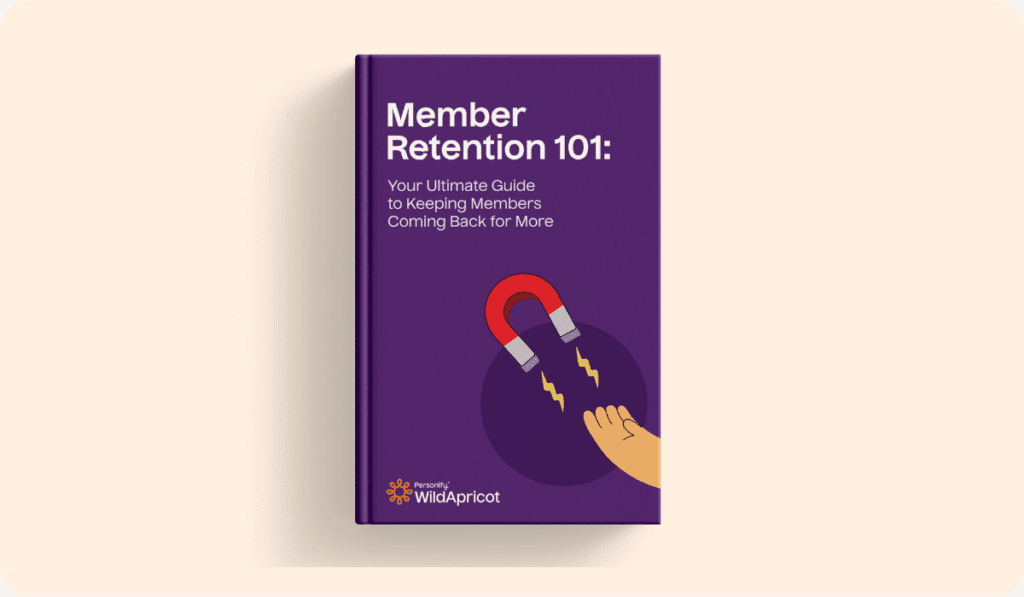As a small nonprofit, you know that your supporters are essential for tackling your mission. But with countless donors, how can you keep everyone engaged, donations coming in and financial records organized? With the help of nonprofit online databases!
Whether you’ve been relying on a trusty spreadsheet or have been thinking about investing in software, now is the time to use nonprofit organization databases for getting the most out of your fundraising and relationship-building tactics.
From the features to look for to implementation strategies, we’ll show you everything you need to know about database software for nonprofits.
What is a nonprofit database?
Simply put, a nonprofit database manages data about your supporters like their basic contact information and how much they’ve donated.
While many small nonprofits use spreadsheets when they’re just starting out storing donor information, they’re not the best option in the long run. As a nonprofit grows, manually entering donor data becomes time-consuming and errors can happen.
For clean and easy-to-find data that scales with your organization, a nonprofit database is the way to go. There are different types of client retention management software (CRM) that you can consider like nonprofit recruiting databases which are packed with useful features:
- Donor database: Store important information about your donors like how much they’ve gifted and their reason for donating
- Grants database: Organize your grant funding sources such as donations from private foundations and government programs
- Members database: Keep track of your members’ information like their interests and preferred methods of communication
- Recruiting database: Record your outreach history such as the method for finding new members and application process
- Volunteer database: Find information about your volunteers and use tools for training, retaining and commuting with them
- Matching gift database: Maintain a record of organizations with gift matching programs and how much they have donated
Why should my nonprofit have a database?
Nonprofit databases are designed to help you optimize your donor journey and improve retention rates. These databases go beyond just listing your supporters’ names. By automatically recording donors’ interactions, you can gather tons of relevant information for making nonprofit databases work better.
Having key data about your supporters lets you better understand them and create strategies around these insights to maximize your funding potential. With a nonprofit database you can:
- Track data: From basic contact information to the number of donations and involvement in your nonprofit, you can instantly track useful donor data all in one convenient place
- Automate: Send welcome messages, build reports and analyze donation projections with automations that’ll save you time
- Build genuine relationships: Learn what matters most to your donors and how you can best connect with them to foster strong relationships and inspire future donations
- Personalize communications: Tailor messages based on individual supporters’ communication preferences and interests
- Grow your organization: Scale your nonprofit with tools that automate processes and help you better understand donors
- Measure campaign success: See the performance of your campaigns like EXAMPLE and adjust future campaigns based on these findings
Features to look for in nonprofit databases
Nonprofit databases come packed with features that can transform your organization. While every nonprofit has unique needs, there are general software features that are great to have.
Look for databases that provide:
- User profiles: Manage all information about your supporters like their contact details and preferences.
- Segmentation: As your donor network grows, you’ll gain a more diverse range of contributors. Segmentation lets you group donors into different categories so you can send them relevant communications. For example, you might want to send a different email to thank new donors than you would for recurring donors.
- User activity: Having a record of supporters’ interactions with your nonprofit lets you monitor their donation journey. You may want to look at a donor’s giving history, event attendance and volunteering efforts.
- Integrations: Often, nonprofits use multiple software solutions like email marketing services and event management systems. You’ll want to check that your nonprofit database can seamlessly integrate with the software that you use.
- Great UX: Being able to easily use a nonprofit database, quickly find donor information and input data will save you tons of time and stress.
- Dashboards: Having an overview of your donor management efforts with intuitive dashboards lets you get a bird’s-eye view of incoming donations and campaign success in real time.
- Scalability: Since there’s no one-size-fits-all solution for nonprofit databases, having a platform that lets you scale up or down depending on your needs is valuable. No matter how many donors you’ll have down the line, you can keep using the tools that you’re comfortable with while paying a price that suits your organization.
- Build-in automation tools: Being able to automate welcome, thank-you and other messages after certain donor interactions will keep your supporters engaged and save your marketing team time.
- Customer support: When using new software, having operational questions is only natural. That’s why having dependable customer support is a must. Whether it’s online chats, calls with customer support or a help database, make sure that you have a support system that fits your needs.
How to choose a database for your nonprofit
Now’s the time to pick your perfect nonprofit database! After reading through our recommended features, you may be wondering what is a good database for a nonprofit organization.
There are tons of different databases out there with unique features and prices. Kick off your search with the following in mind:
- Create a list of must-haves: Think about what you love about your current software and what features you’ll need like automated donation confirmation emails and dashboards. Cross out options that don’t have your needed features.
- Determine a budget: While nonprofit databases are great investments, you don’t want to pick one that eats up too much of your budget. Check out solutions with sliding payment scales to match the size of your organization and amount of contacts. These pricing plans are great because they can be adjusted as your nonprofit grows or downsizes.
- Research: Since implementing a database means investing your time and money, you’ll want to be certain that the software you pick is a great fit. Be sure to research prospective databases, check reviews and outline your nonprofit’s exact needs.
- Try trials and demos: Before spending a cent on a solution, test out trials and demos of the software. This way you can see how the platform works and if it suits your nonprofit. Make sure that your team who’ll be using the database can also participate in the demos so you can get their feedback.
- Speak to customer support: From coaching to support services, you’ll want to ensure that a database’s customer support team will have your back. Also, since you likely already have a system for storing your donor information, see if the support team can help you transfer your existing member data to the new platform.
- Get your team on board: Show your team how a new nonprofit database platform will improve your organization with helpful features. Then set up training sessions for your team to learn how to confidently use the database.
- Get ready for launch: After you’ve picked a solution, create a calendar to keep your team on track for launch. Outline when the team will get trained, donor data is transferred and new campaigns are prepared.
- Use it!: Once your software is running, be sure to take advantage of the great donor data coming in. Donor insights will help you better understand your supporter base and create relevant engagement strategies.
The best database platform for nonprofit organizations
With your list of what to look for in a platform ready, next up is choosing the best nonprofit database for you.
Well, we have our favorite—with reason! WildApricot’s database software makes running a nonprofit and keeping donors engaged easier for your team. Power your nonprofit with features like a thorough member database, secure payment tools and plenty of integrations.
Sign up for your 60-day free trial and check out WildApricot’s nonprofit database for yourself today!
The best database picks for nonprofits of all sizes
It’s always a good idea to compare nonprofit database platforms before taking the plunge! We’ve rounded up some of the other best nonprofit donor databases for all types of organizations.
1. Free databases for nonprofits
For nonprofits with limited budgets, there are free databases for organizing donor information and streamlining campaigns.
Give Lively: Nonprofits can get unlimited usage of this database’s features for free.
- What we like: Complete access, live chat support and customizable branding
- Key features: Real-time donor data, donation processing and robust security
DonorPerfect: This premium database platform offers a free solution for nonprofits.
- What we like: Unlimited access, rich donor data and personalized demos
- Key features: Custom data reports, donor portal app and interaction tracking
2. Databases for small nonprofits
Small organizations may have tight budgets, but they can still tap into comprehensive donor management solutions from affordable databases for nonprofits.
Bloomerang: Designed to help nonprofits raise more in donations with easy-to-use technology.
- What we like: Extensive donor profiles, live demo and Bloomerang Academy access to learn the software
- Key features: Interactive dashboards, donor timeline and wealth screening
DonorSnap: An affordable donor management platform that can be set up in just days.
- What we like: Built-in database search tools, live demo and fast implementation
- Key features: Customizable dashboards, mobile-friendly online forms and automated communications
3. Nonprofit databases for mid-size organizations
Mid-sized organizations have more wiggle room when it comes to paying for the best nonprofit database that can accommodate their changing needs.
Network For Good: Made to help growing nonprofits, this all-in-one platform has helped to scale organizations since 2001.
- What we like: Automatically removes outdated and duplicate records, personalized demo and onboarding specialists
- Key features: Unlimited users, email blasts and free data migration
Driven: Built with collaboration in mind, Driven closely partners with nonprofits to make sure that they have all the features they need from their solution.
- What we like: Unlimited training and technical support, personalized demo and total integration
- Key features: Free customization, peer to peer management and a mobile app
4. Enterprise level nonprofit databases
Large nonprofits need to manage a significant amount of donors without compromising features and usability.
Salesforce: This widely known cloud-based platform also offers advanced solutions for large nonprofits.
- What we like: Specialized pricing for nonprofits, 30-day free trial and enterprise-wide analytics
- Key features: Data visualizations, trend predictions and enhanced security
Neon One: Created when 4 technology companies came together to make a platform for sustainable nonprofit growth.
- What we like: One-click donations, live demo and over 40 pre-built templates
- Key features: Autoresponders, site builder and custom receipting
Grow your organization with nonprofit databases
With features like easy supporter management, personalized communications and seamless automations, donor databases will help your nonprofit thrive. There’s never been a better time to graduate from a humble spreadsheet into powerful software that’ll give you valuable donor insights, increase retention and improve donations.
Get the most out of your supporter base with a nonprofit database today. Take WildApricot’s software for a test drive with a 60-day free trial!





![The Ultimate Guide to Membership Management Software For Nonprofits [2025 Edition]](https://b2993016.smushcdn.com/2993016/wp-content/uploads/2024/02/Main-Blog-Thumbnails-2025-11-06T180717.949-1024x717.png?lossy=1&strip=1&webp=1)




